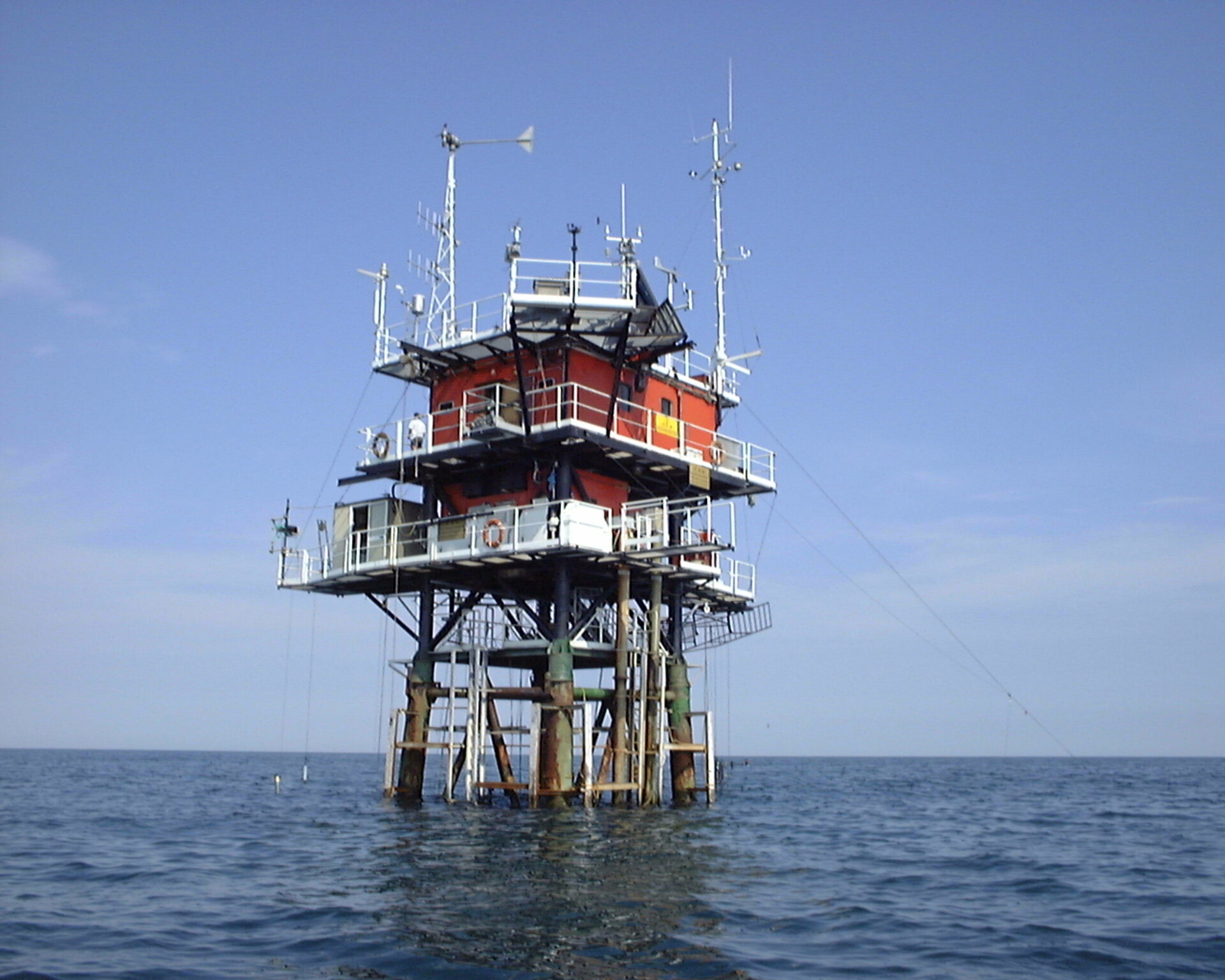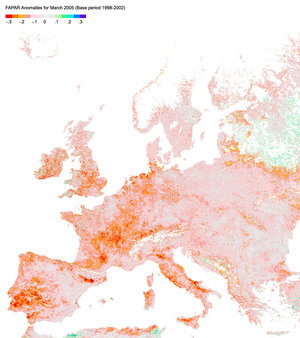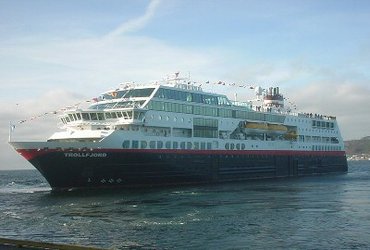Joint Research Centre contributes to MERIS validation in the Adriatic
With more than 10 years experience supporting the development and validation of ocean colour products derived from satellite imagery, the European Commission's Joint Research Centre is now taking part in the on-going programme dedicated to validating data from the MERIS instrument carried on Envisat.
MERIS (Medium Resolution Imaging Spectrometer) is an imaging spectrometer that measures the solar radiation reflected by the Earth, at a ground spatial resolution of 300m, with 15 spectral bands in visible and near infrared spectrum. It is primarily used for the measurement of ocean colour – data on which can be converted into a measurement of chlorophyll pigment concentration, suspended sediment concentrations and aerosol loads over the sea.
Knowledge of ocean colour contributes to our understanding of the ocean carbon cycle, the thermal regime of the upper ocean, the management of fisheries and the management of coastal zones. MERIS data is also used for land and atmospheric monitoring.

To ensure that such data is as accurate as possible, validation experiments are generally made through in-situ observations taken at representative sites. To contribute to the MERIS validation programme, the Joint Research Centre is collecting atmospheric and marine measurements to assess the accuracy of water-leaving radiances in coastal waters and estimating the propagation of uncertainties in derived products such as chlorophyll-a concentration, which is a proxy for marine phytoplankton biomass. These activities are taking place on the Aqua Alta Oceanographic Tower (AAOT) in the northern Adriatic Sea.
The tower is located eight nautical miles off the Venice lagoon, Italy, and has the advantage of representing different seawater and atmospheric conditions. Specifically, the water type can vary from clear open sea to turbid coastal, while the atmosphere is mostly characterised by continental, occasionally maritime, aerosols. This variability offers the relevant capability of validating remote-sensing products over a wide range of environmental conditions.
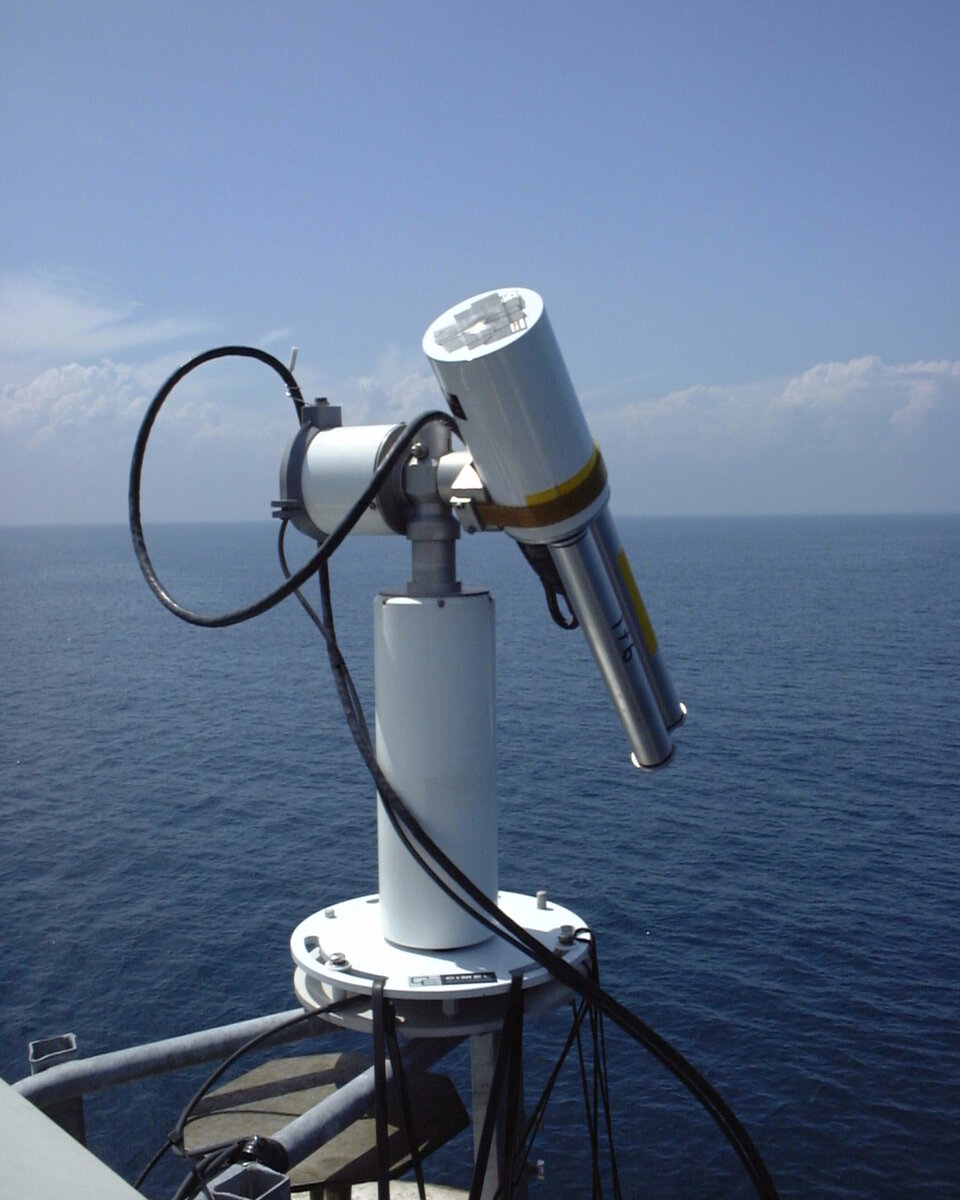
In addition, the site provides the possibility of executing measurements from a fixed structure, which unlike ships, leads to the collection of optical data not affected by the motion of the deployment platform. This feature supports the application of state-of-the-art measurement protocols for the production of highly accurate radiometric measurements.
Activities carried out at the AAOT comprise both field campaigns and measurements with autonomous systems. Field campaigns make a complete characterisation of the bio-optical properties of the water column possible. These include pigment concentrations, inherent optical properties (absorption, scattering and backscattering coefficients) and apparent optical properties (upward radiance and irradiance, downward irradiance, diffuse attenuation coefficient, Q-factor, reflectance).
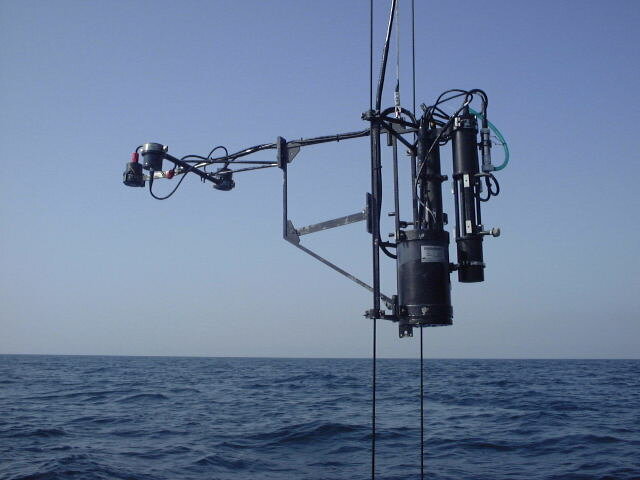
Measurements with autonomous systems focus on the characterisation of atmospheric optical properties and on the determination of the radiance emerging from the sea. The latter has particular relevance in satellite ocean colour validation activities because all the high-level products are derived from the radiance emerging from the sea, quantified from the top-of-atmosphere signal corrected for the atmospheric perturbation.
The Joint Research Centre will continue the MERIS validation activities at the Aqua Alta Oceanographic Tower until September 2007.


